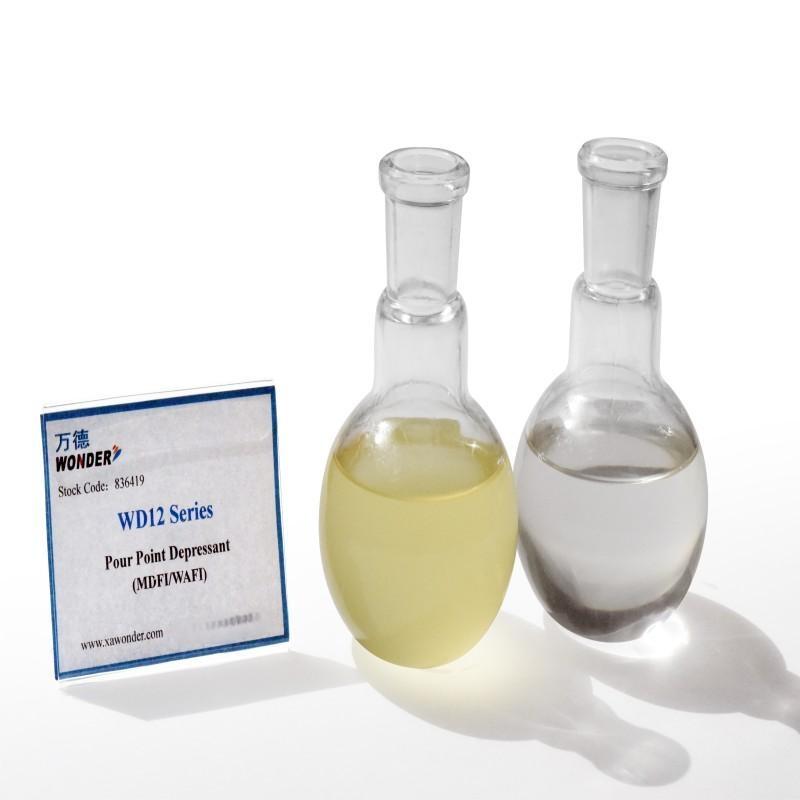-
Categories
-
Pharmaceutical Intermediates
-
Active Pharmaceutical Ingredients
-
Food Additives
- Industrial Coatings
- Agrochemicals
- Dyes and Pigments
- Surfactant
- Flavors and Fragrances
- Chemical Reagents
- Catalyst and Auxiliary
- Natural Products
- Inorganic Chemistry
-
Organic Chemistry
-
Biochemical Engineering
- Analytical Chemistry
-
Cosmetic Ingredient
- Water Treatment Chemical
-
Pharmaceutical Intermediates
Promotion
ECHEMI Mall
Wholesale
Weekly Price
Exhibition
News
-
Trade Service
According to a report from The Energy Year website on April 25, the UAE is committed to becoming an international leader in the future hydrogen economy.
According to data from the Hydrogen Council, more than 30 countries have formulated hydrogen energy development plans.
The global annual production of hydrogen has reached 70 million tons, of which 96% comes from the steam reforming of fossil fuels.
On the other hand, green hydrogen is produced by electrolysis using renewable energy and currently costs at least US$4 per kilogram.
Green hydrogen has gained the most interest and motivation, because 86% of its cost comes from the electricity that powers the electrolyzer, so the continued rapid decline in the cost of wind and solar energy will make this option cheaper in the future.
These economic factors promote hydrogen to become a valuable alternative energy source to help the world achieve the goals of the Paris Agreement.
In addition, hydrogen is currently regarded as the best solution for decarbonizing energy-intensive industries (such as long-distance transportation, aviation, shipping) and heavy industries (such as steel, smelters, aluminum, and petrochemicals, etc.
Hao Fen translated from The Energy Year
The original text is as follows:
The hydrogen future takes shape in the UAE
The UAE is positioning itself to become an international leader in the future hydrogen economy, which has an estimated USD 11-trillion market potential.
According to the Hydrogen Council, more than 30 countries have hydrogen roadmaps and as of February, there were 228 large-scale hydrogen projects announced across the value chain, with 85% of those located in Europe, Asia and Australia.
Worldwide production of hydrogen has already reached 70 million tonnes per year, 96% of which is produced from steam reformation of fossil fuels.
On the other hand, green hydrogen is produced by electrolysers running off renewable energy and currently costs at least USD 4 per kilogram.
Green hydrogen has garnered the most interest and momentum since 86% of its cost comes from the electricity to power the electrolysers, so the continuous and rapid decline of the costs of wind and solar power is set to make this option cheaper in the future.
These economic factors are pushing hydrogen as a valuable alternative for assisting the world in reaching the Paris Agreement targets.
Moreover, hydrogen is now seen as the best solution to decarbonise energy-intensive sectors such as long-haul transportation, aviation, shipping and heavy industries such as steel, smelters, aluminium and petrochemicals.







